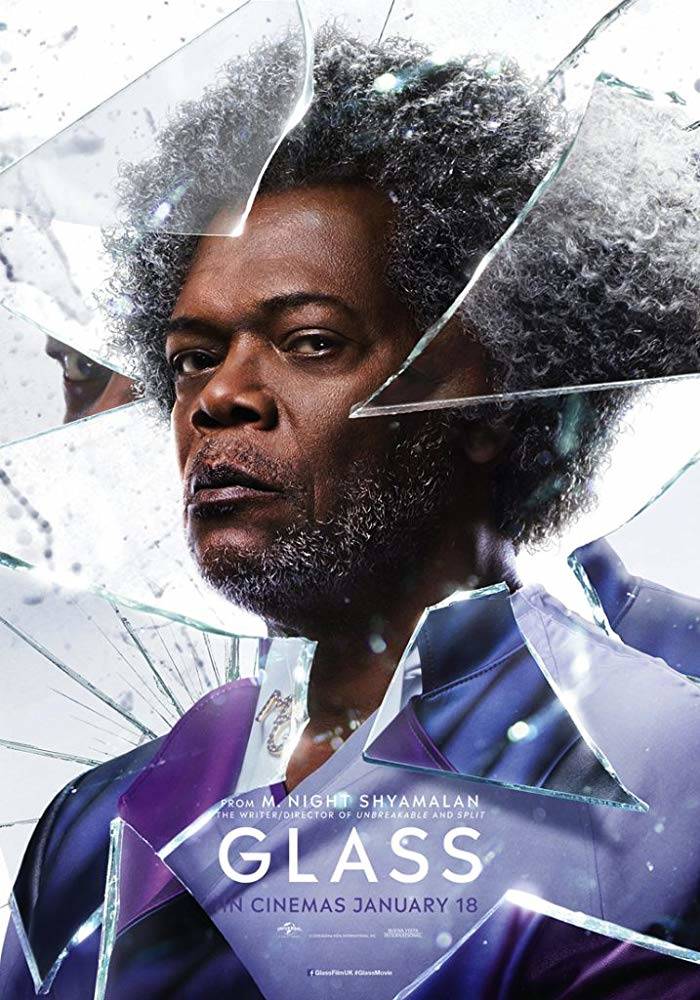M. Night Shyamalan is determined to keep his name in the list of relevant filmmakers, despite the fact that he was outed as a fraud years ago.
OK — that’s harsh. He’s not a fraud in the sense that he stole anything or lied — maybe fluke is more correct. As a purely technical filmmaker, Shyamalan is solid, but that’s not what he wants to be. He wants to be Spielberg, Scorsese, or even Tarantino.
And after his break-out film, “The Sixth Sense,” that’s just what everyone was saying about him.
He followed that up with “Unbreakable,” a critical hit, but not a commercial one, and then blew the doors off with his huge hit, “Signs.”
The guy was set, and despite the fact that almost every movie he made from that moment after was a bomb, no one could convince him otherwise. And the worst part is, “Signs” is not a particularly good movie. It’s an interesting premise with some interesting performances, but the movie itself is lifeless with a ridiculous “twist” ending.
“Unbreakable” is pretty good — slow and certainly not a crowd-pleaser, but again — interesting premise about the emotional nature of super-beings that Shyamalan almost ruins with a preposterous freeze-frame final scene that feels more reminiscent of a 70s police procedural than anything else.
It’s too bad, because I want to like him as a filmmaker. I feel like he has big ideas, and there aren’t enough movies like that out there. He’d almost brought it back on course with 2016’s “Split,” but yet again undermined his own good idea with a preposterous and completely unnecessary coda that revealed the movie to be a secret sequel to “Unbreakable” from more than 15 years previous.
This is something no one asked for, but the fanboys went nuts and Shyamalan was back on top again. The problem is, “Split” and “Unbreakable” were nicely self-contained and both movies are cheapened by this trip back to the well.
That said, I was interested to see where Shyamalan would go with this. Like I said, the best thing about the guy is his ideas.
The film opens on James McAvoy’s schizophrenic Kevin Wendell Crumb who, in addition to 23 other distinct personalities, also contains the super-human killer known as The Beast. Crumb has kidnapped a quartet of cheerleaders that he plans to feed to the Beast, and he would have gotten away with it too, if it weren’t for that meddling Overseer — Bruce Willis’ David Dunn, who is actually a real-life comic book hero protecting the weak, and who’s been in the trail of “The Horde” for weeks.
Unfortunately for them both, the police have been on the trail too and suddenly have the chance to take down both the killer and the vigilante all in one fell swoop. However, it’s not jail that awaits our “heroes,” but rather a swanky sanitarium where an exceedingly calm and capable doctor played be Sarah Paulson proceeds to reveal that they are merely suffering from rare mental disorder — one shared by a third member of the party, Samuel Jackson’s nefarious Mr. Glass.
What follows is a mind game with four participants — leading to a goofy and unsatisfying ending.
The problem is that one of the things Shyamalan has always done well is follow the “the less you see the scarier it is” principle of filmmaking. In “Split” we only see McAvoy’s frightening transformation into “The Beast” once or twice, and it’s scary.
Here we must see it 15 times, each turn enhancing McAvoy’s ‘roid-rage face and beast howl even more. What was once chilling quickly becomes goofy. But this director is too in love with his own creations.
On top of the Beast, we get endless discussions on the intricacies of comics and their standard plot devices. What I, as an audience member couldn’t figure out, was whether Shyamalan was trying to suggest that these were some kind of “real-world” version of superheroes, or if comic books were some kind of ancient mystic text that you could follow to the letter. He seems to want to have it both ways, but neither concept is thought out particularly well.
McAvoy, Beast aside, is the bright spot in this film. His multiple portrayals are both heartbreaking and chilling, much as they were in “Split.” Bruce Willis mostly mopes through the movie, and Jackson actually has less to do than you’d think. He sure likes the name he’s been given, though. “First name Mister. Last name Glasssssss.” We get it.
How many times are they going to re-explain to us that his bones break easily? Do we really need another flashback of him as a kid cracking and screaming? Yes. Glass. But it all goes with the portentous mythology Shyamalan has created. Whenever there is one (Glass) there is an opposite (Dunn). I don’t know where that puts the Beast, but like I said, it’s not all that well thought out. If you saw “Unbreakable,” you should be prepared for this film to be long, talky, and without much action.
It’s a good thing, too, because one thing this director cannot do is film fight scenes. The early altercation between the Beast and the Overseer is terrible. I’ve got videos of my kids wrestling that are more believable. It doesn’t get much better as it goes on.
This isn’t the director’s worst movie. “The Happening” takes that cake, but it’s not good, either. That it taints two of his better films is a shame, but luckily, that’s what Netflix is for. Grade: C-
“Glass” is rated PG-13 for language, violence, and frightening scenes.
By Chris Jenness

